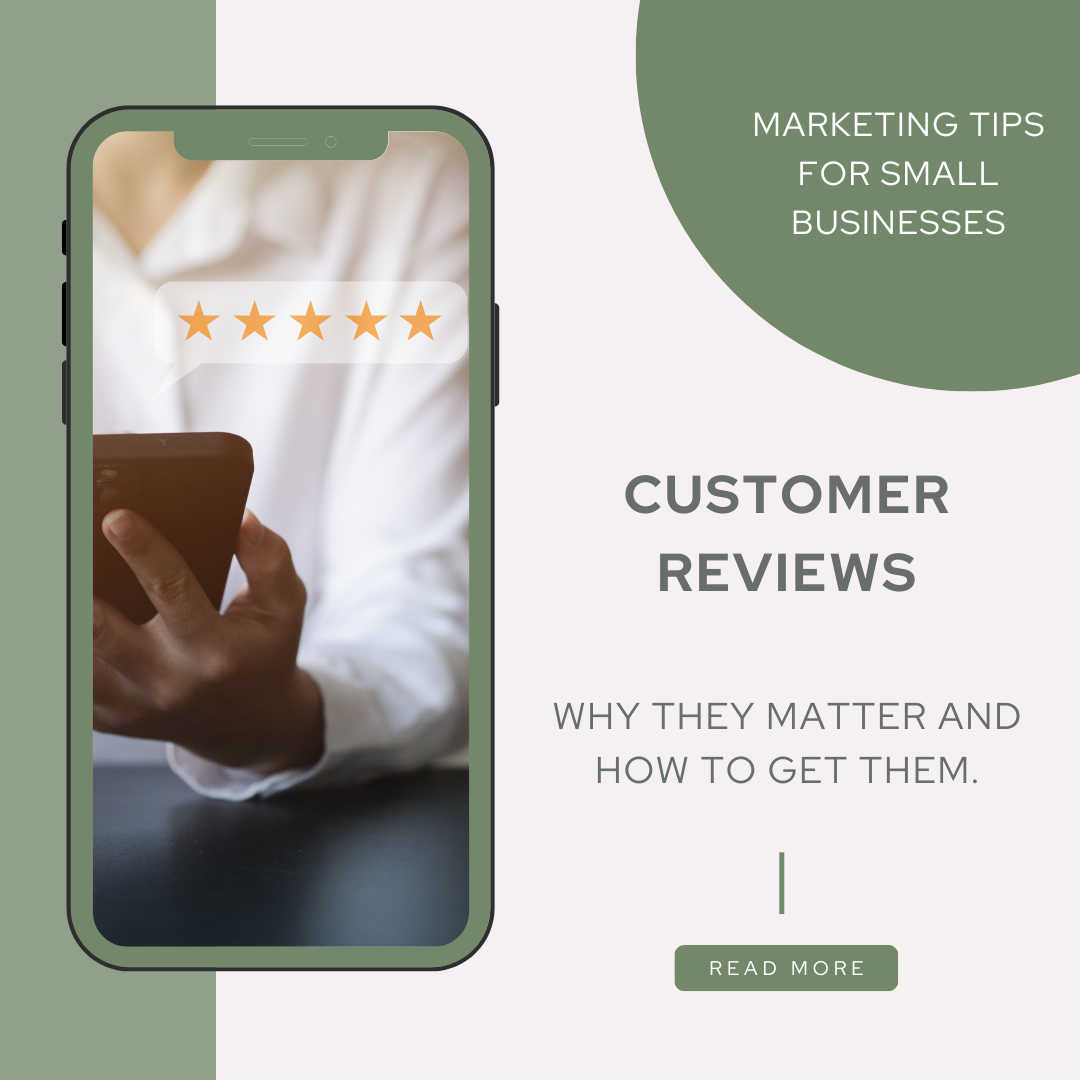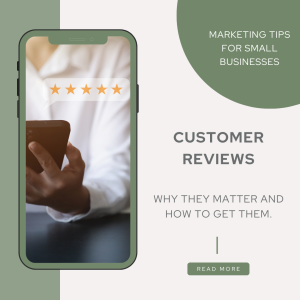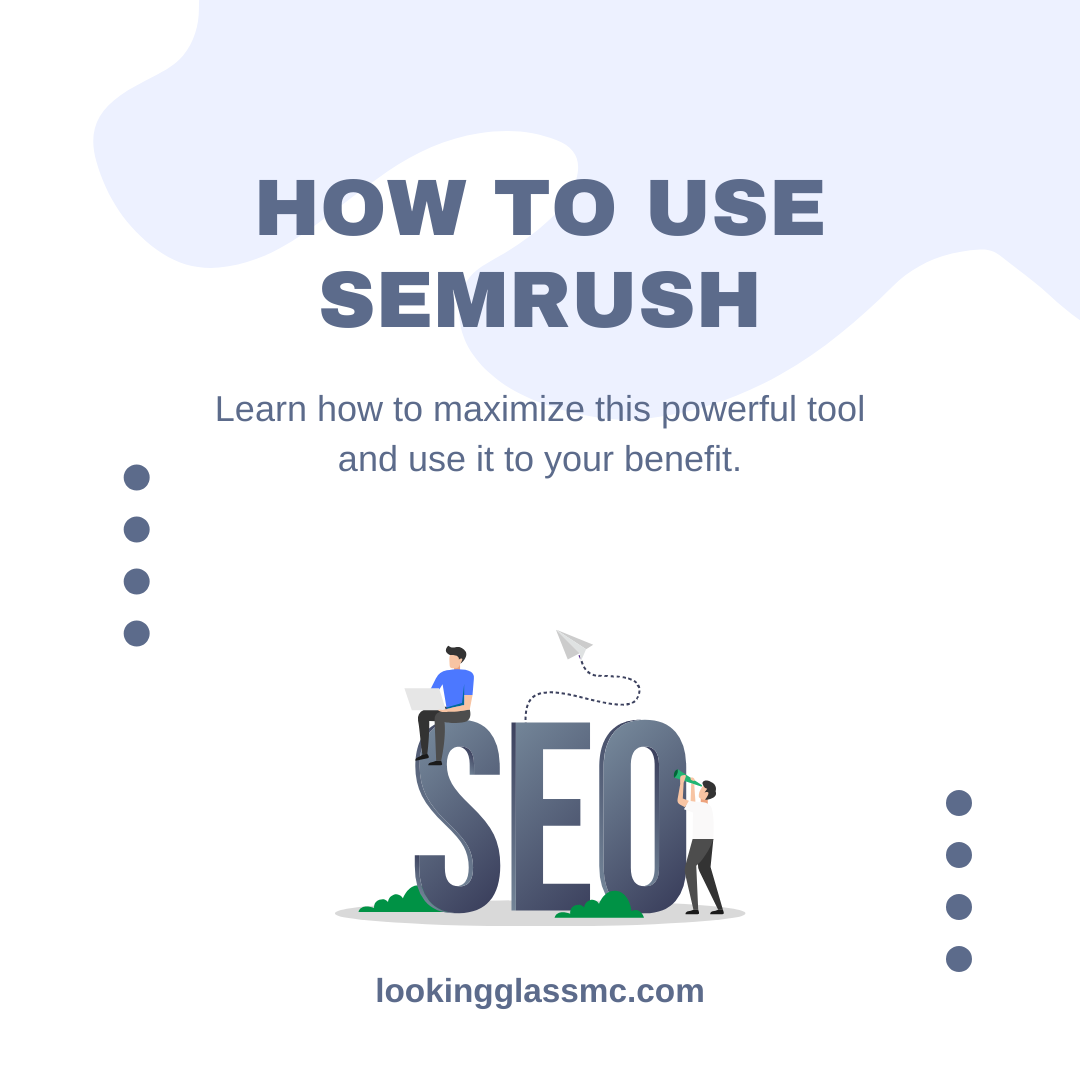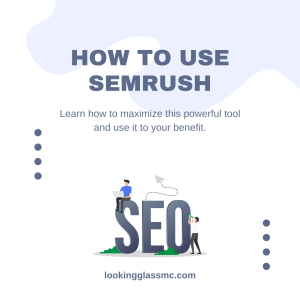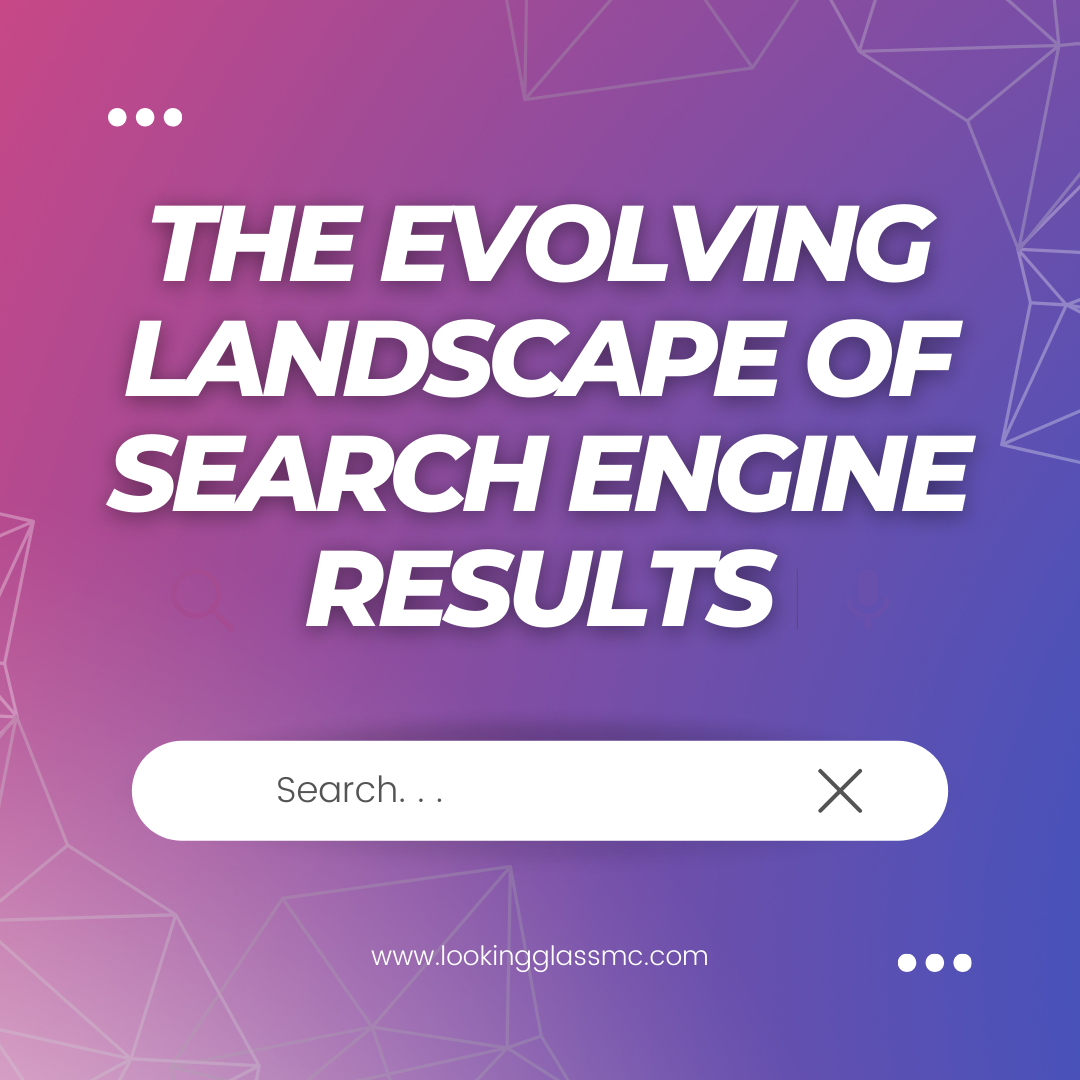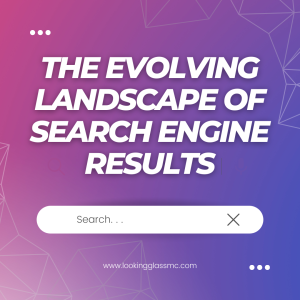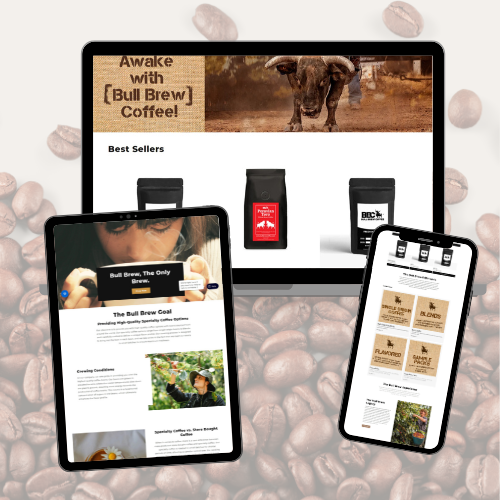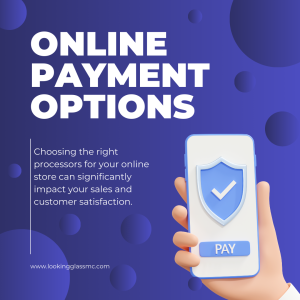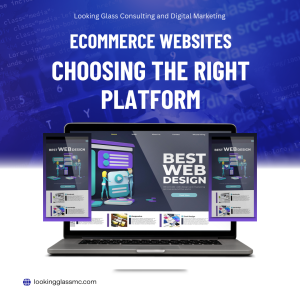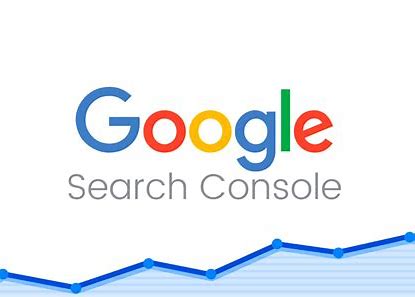
Writing for People, Optimizing for Search: Content Strategies That Convert
If you want your website content to succeed in 2025, it must strike a delicate balance: it should be written for real people, but structured for search engines. Too often, businesses fall into the trap of writing content that either sounds robotic and keyword-stuffed or creative but hard to find online. The best strategy? Write content that resonates with your audience and improves your SEO performance.
Why Writing for People First Matters
Your website is the digital face of your business. Visitors come to your site with questions, needs, or problems they want solved. If your content is hard to read, overly technical, or clearly written for bots, they’ll bounce.
Writing for people first means:
-
Clear, conversational language
-
Directly addressing your audience’s pain points
-
Structuring content to be skimmable and engaging
-
Offering real value, not fluff or filler
This kind of content builds trust, keeps visitors on your site longer, and encourages conversions.
Why Optimizing for Search Engines Still Counts
Even the best-written content won’t help your business if no one finds it. That’s where SEO comes in. Search engines rely on specific signals to understand what your content is about and when to show it in results.
Optimizing your content for search engines involves:
-
Using strategic keywords
-
Writing compelling meta titles and descriptions
-
Structuring with headings (H1, H2, etc.)
-
Adding internal and external links
-
Including alt text for images
When done right, these elements enhance discoverability without sacrificing readability.
Content That Converts: A Dual Approach
So, how do you write for both people and search engines? Here’s a framework that helps:
-
Start With Intent: Know what your audience is looking for (informational, transactional, etc.).
-
Build Around Keywords: Choose keywords that align with user intent and naturally fit into your writing.
-
Write Like a Human: Use your brand voice. Be helpful, concise, and relatable.
-
Use Structure for SEO:
-
H1 for the main title
-
H2 for key sections
-
Bulleted/numbered lists for readability
-
Short paragraphs and white space
-
-
Add CTAs: Guide users toward action—whether it’s contacting you, subscribing, or making a purchase.
Bulletproof Content Writing Tips
-
Write for an 8th-grade reading level (use tools like Hemingway Editor)
-
Use keyword variations and natural language
-
Add FAQ sections to capture more voice search queries
-
Update older content to keep it relevant and improve rankings
-
Focus each page on one primary topic
How This Supports Small Business Marketing
For small businesses, content writing is more than just filling a page. It’s a tool for:
-
Establishing authority and expertise
-
Driving organic traffic through SEO
-
Supporting paid advertising and landing pages
-
Nurturing leads through email marketing
-
Educating and engaging your audience
When your content is both helpful and optimized, it becomes one of your most powerful marketing assets.
Using Google Platforms for Content Success
Google provides tools that can help you find the best keywords, analyze your content performance, and identify growth opportunities:
-
Google Search Console: Monitor how your pages appear in search results
-
Google Analytics 4 (GA4): Understand user behavior and page engagement
-
Google Trends: Discover trending topics and seasonal interest
-
Google Keyword Planner: Research terms your audience is searching for
Leverage these platforms to inform your content strategy and refine your writing over time.
Final Thoughts
Writing for people doesn’t mean ignoring search engines. And optimizing for search engines doesn’t mean writing like a machine. The real power lies in doing both. When your content strategy blends SEO with human connection, you get better rankings, stronger engagement, and real business results.
Need help with content that connects and converts? Looking Glass offers content writing, SEO optimization, and website development services that help your brand speak clearly while standing out online. Let’s create content that performs.

